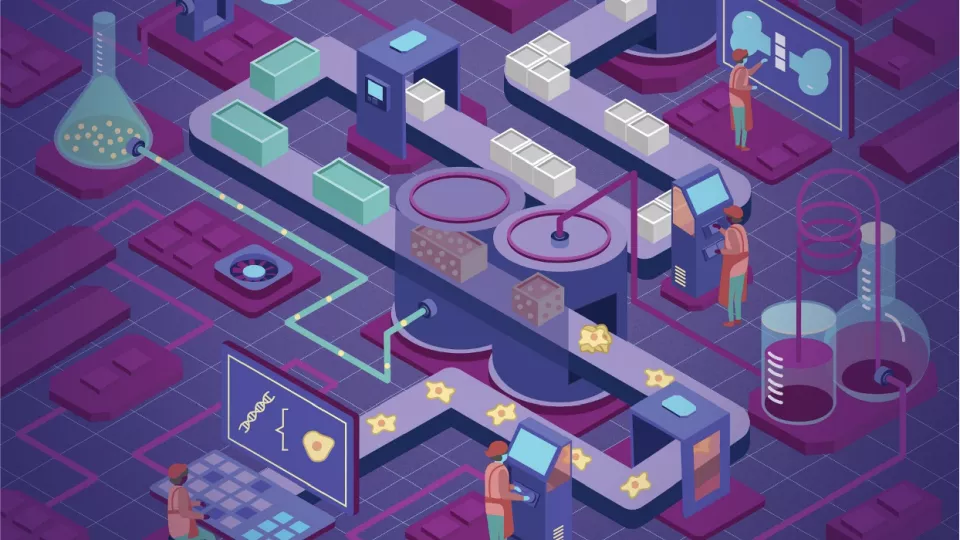The field of tissue engineering for replacement therapies faces multiple challenges, including reproducible performance and scalability towards industrial production. Paul Bourgine and his research group at the SCC have come up with a conceptually new approach that can overcome these challenges. In their recent publication, in the journal Advanced Materials, they demonstrate the possibility of generating human tissue in a manufactured fashion. The methodology relies on exploiting human cell lines as factory units for the standardized generation of molecularly customized tissue grafts. In the study they describe how human cartilage can be de novo engineered, and then instruct full bone repair despite the absence of living cells in the implants.
The future vision for this approach is to be able to supply a long-life off-the-shelf product, paving the way towards clinical translation for engineered cell-free grafts in replacement therapies.
Related links for further reading:


